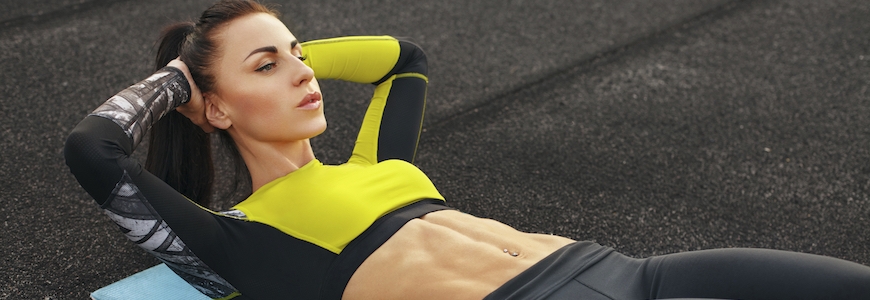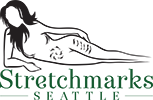Stretch Marks - A Skin Thing

The skin is our protective barrier against our environment. Without a healthy barrier we would become dehydrated, subject to infection and have an overall unhealthy appearance. Social media, TV and radio are a constant reminder of how important it is to take care of your skin. The air waves and internet are saturated with commercials for skin care products. The skin overlying your stretch marks needs proper attention if you have the least bit hope of restoring your healthy appearance. If you have abdominal stretch marks the skin overlying them are no different than your exposed arms, legs and face. If you have stretch marks and want to be proactive in your healing process, the proper use of sun screen is a good start. Warm sunny days may lure you to lay in the sun. Even for a few minutes, unprotected skin will experience the destructive effect of UVB and UVC rays. Sun screen applied properly every sixty to ninety minutes can effectively protect from this damage. When applying, it is important to be detailed in its application. Patchy application of sunscreen can leave you with untreated stretch mark areas on your abdomen or thighs with the danger of the damage of the sun. this will give you streaky sun protection. Any area that is missed will not be protected from the harmful rays. Talk to your skin care expert about sun screen quality and application. It will help with any stretch mark treatment package. Certain skin care products are optimal for different skin types and conditions. Keeping the overlying epidermal region over the stretch marks healthy will expedite the stimulation of the dermal region that is affected by the stretch marks.
Unfortunately, stretch marks can not be prevented but aggressive post partum treatments can lead to improvement faster than doing nothing. Moisture is important. Hydration with hyaluronic acid will be a factor in expeditious healing. Another topical that can be prescribed is retinoid. Retinoid is a popular topical for cell turnover and is widely prescribed by dermatologists for a variety of skin conditions. Retinoid’s clinical effect of the cell turnover has the ultimate result of building collagen. Collagen is deficient in stretch mark patients resulting in a striated appearance. Despite the fact that retinoid is applied topically, it can be absorbed systemically to a small degree. For this reason it is not recommended for the nursing mother. If you plan on breastfeeding or plan on treating your stretch marks while you are pregnant, retinoid is contraindicated. For the breastfeeding patient collagen plumping can be achieved by microdermabrasion. This procedure is known to stimulate collagen which can make the visibility of the stretch marks fade. Trying to figure out how to deal with your stretch marks is not easy. There are several creams that claim to make stretch marks disappear but these claims may be inconclusive. Before using any topical with claims of fading stretch marks or making stretch marks disappear, it is best to consult with a physician familiar with the treatment of stretch marks.
